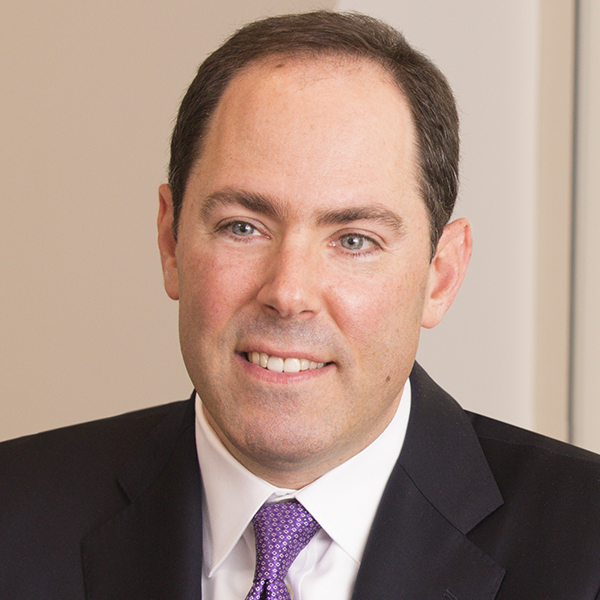Market Volatility
Capital IdeasTM
Investment insights from Capital Group
Finance & Banking
Investing in new and renewed financial businesses : The financial services industry could offer interesting investment opportunities for investors, with much of this coming from completely new firms, or from legacy firms reinventing themselves. Listen to the new podcast of Andrew Lee, Investment Director at Capital Group, to learn more about the potential investment opportunities that can be found in this sector.
Our latest insights
-
-
-
-
-
environmental-social-governance
Past results are not predictive of results in future periods. It is not possible to invest directly in an index, which is unmanaged. The value of investments and income from them can go down as well as up and you may lose some or all of your initial investment. This information is not intended to provide investment, tax or other advice, or to be a solicitation to buy or sell any securities.
Statements attributed to an individual represent the opinions of that individual as of the date published and do not necessarily reflect the opinions of Capital Group or its affiliates. All information is as at the date indicated unless otherwise stated. Some information may have been obtained from third parties, and as such the reliability of that information is not guaranteed.
Capital Group manages equity assets through three investment groups. These groups make investment and proxy voting decisions independently. Fixed income investment professionals provide fixed income research and investment management across the Capital organisation; however, for securities with equity characteristics, they act solely on behalf of one of the three equity investment groups.
 William Pang
William Pang
 Marc Nabi
Marc Nabi